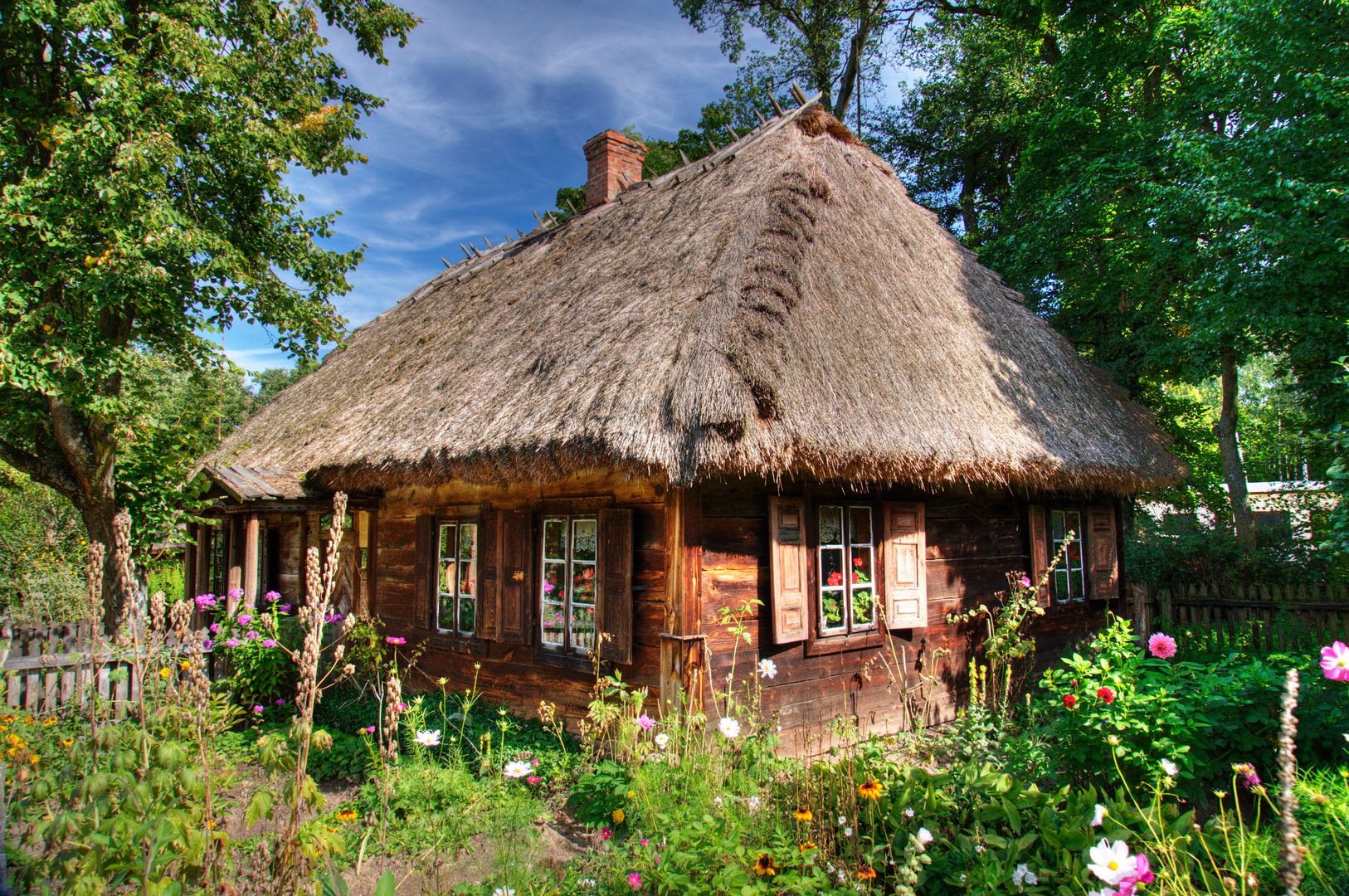Ciechanowiec
6.52

Overview
Ciechanowiec is a town in Poland, located on the Drohiczyn Upland in the Podlaskie Voivodeship, known for its rich history and diverse architectural heritage. Granted Magdeburg rights in 1429, the town has been the site of significant historical events, blending Polish and Russian influences, especially during the partitions of Poland. Ciechanowiec boasts numerous landmarks, including the Rev. Krzysztof Kluk Museum of Agriculture with its unique open-air museum, and the Baroque Holy Trinity Church, constructed between 1731 and 1737. The town also features valuable religious infrastructure, such as the Orthodox Church of the Ascension and the ruins of an old synagogue. In the 19th century, Ciechanowiec developed a textile industry, but its growth was halted by significant destruction during World War I and World War II. After the wars, the town never regained its former prominence. It is worth noting that during World War II, a ghetto was established in Ciechanowiec for the Jewish population. The town is also a tourist destination, with the picturesque Nurzec River offering attractions for kayaking enthusiasts. Along the river, there are protected landscape areas rich in flora and fauna. Ciechanowiec hosts various cultural events, such as the annual St. Adalbert's Fair and the International Folklore Festival "Podlaskie Meetings," highlighting its vibrant cultural traditions. Convenient transportation links provide easy access to larger cities, supporting both tourism and local development. With its rich heritage, tourist attractions, and fascinating history, Ciechanowiec is an important point on the map of Podlasie.
Location
2025 Wizytor | All Rights Reserved